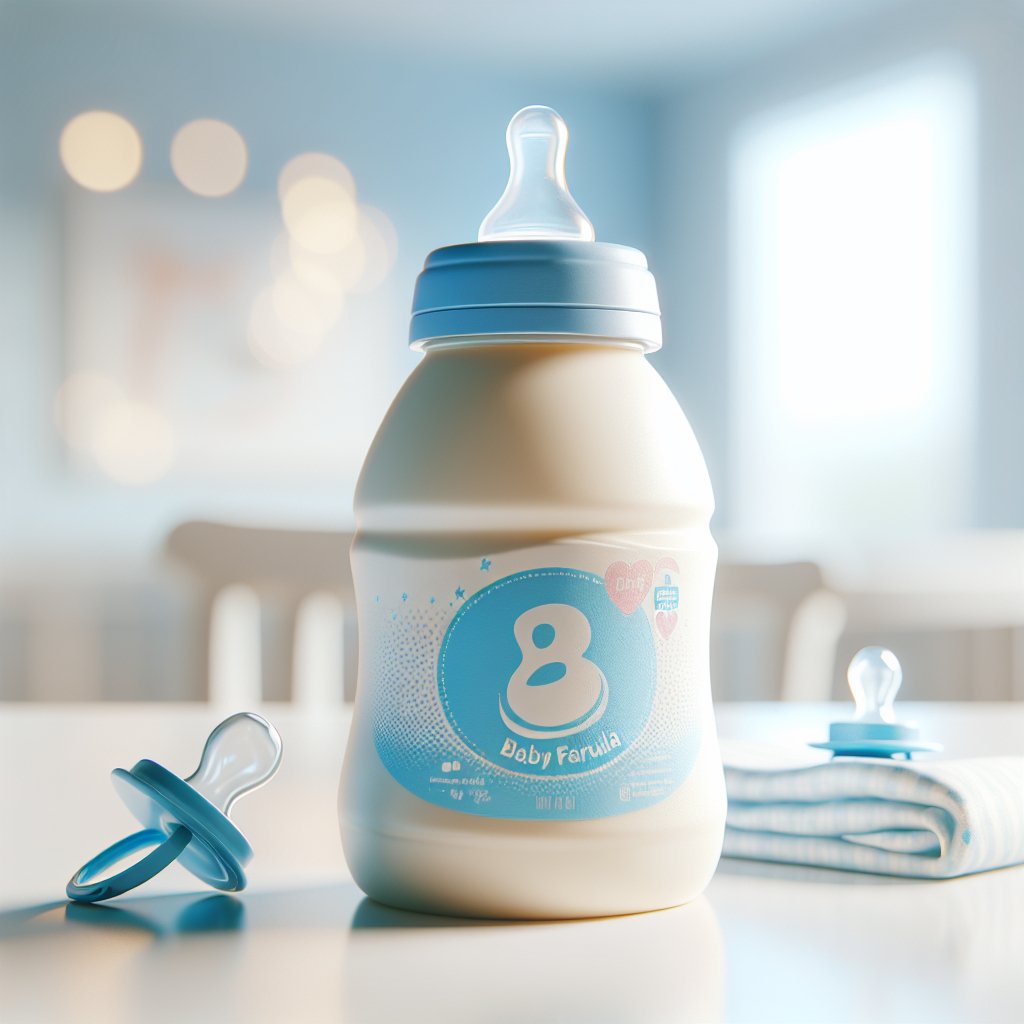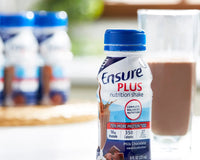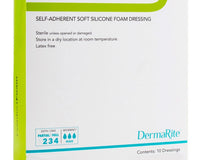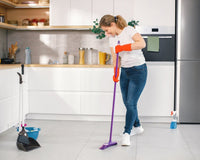The journey of parenthood is filled with numerous decisions, and choosing the right formula for your baby is undoubtedly one of the most crucial ones. Among the various options available, Enfamil AR Formula stands out for parents dealing with infant reflux. This formula is specially designed to address spit-up issues, making it a preferred choice for many caregivers.
But why exactly is the Enfamil AR formula so foamy? This question often arises among parents who notice more foam compared to other formulas. The foaminess can be attributed to its unique composition and the specific ingredients used to tackle reflux issues. Understanding the reasons behind this characteristic can help in ensuring that your baby receives the best care possible.
At Cart Health, we are dedicated to providing the medical supplies, health solutions, and support you need to make life a little easier. If you're looking for Enfamil AR Formula, order online here for convenient shopping and fast delivery!
Why Enfamil AR Formula is Foamy
One of the most common queries from parents using Enfamil AR Formula is why it appears so foamy. This foaminess primarily arises from the formula's unique thickening agent—rice starch. Rice starch is included in the formula to help thicken the liquid once it reaches the stomach, thereby reducing the likelihood of spit-up and reflux. However, this thickening property also contributes to foam formation when the formula is shaken or mixed.
Unlike standard formulas, Enfamil AR requires more vigorous mixing to ensure that the rice starch is evenly distributed. This process naturally introduces more air into the mixture, leading to the foam that many parents observe. Additionally, the presence of proteins and carbohydrates that react differently when agitated further amplifies the foaminess.
Understanding this aspect can help you manage expectations and adopt techniques to minimize foam. For instance, stirring the formula gently instead of shaking it vigorously can help reduce the amount of air incorporated, thereby decreasing foam. You might also consider using a formula mixer designed to minimize air bubbles.
Being aware of these nuances allows you to make informed decisions and adjustments, ensuring your baby receives the best possible nutrition without the discomfort of excessive foam.
Ingredients in Enfamil AR Formula
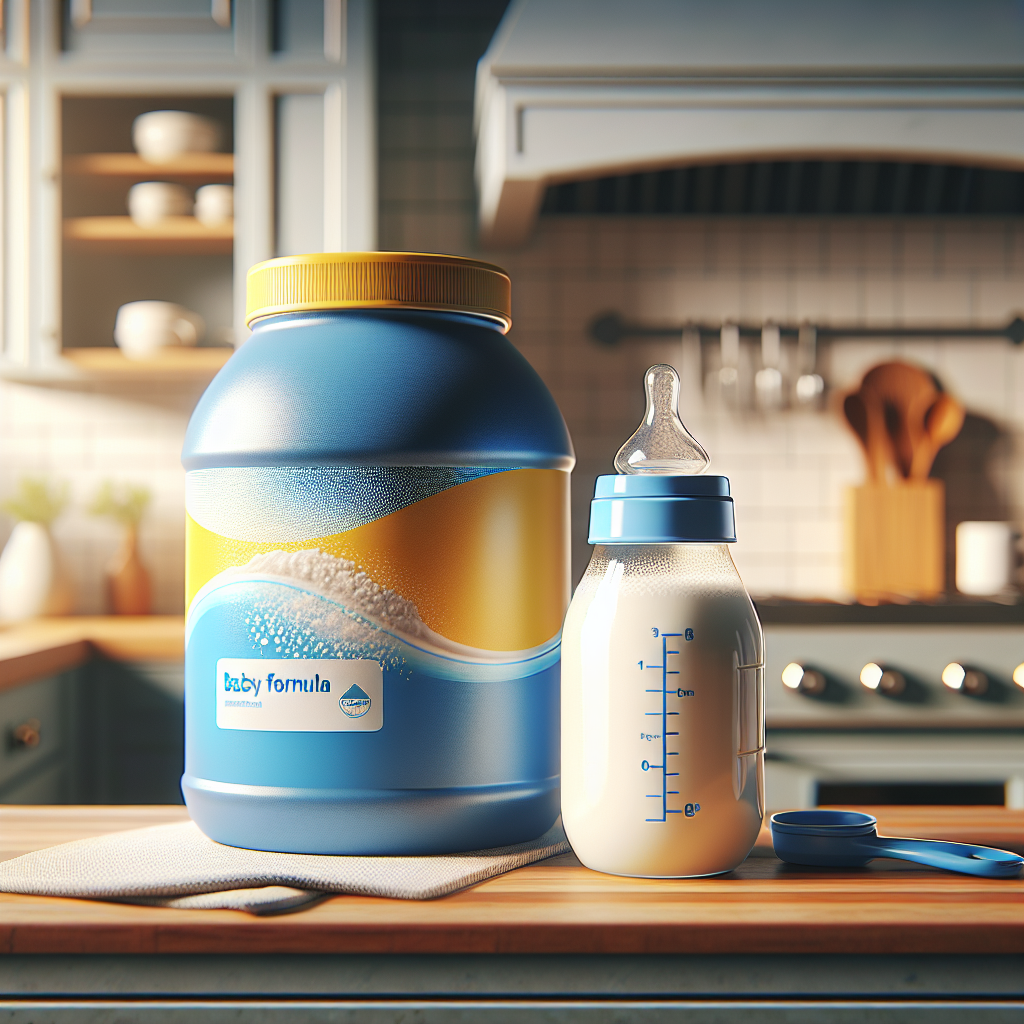
The ingredients in Enfamil AR Formula are carefully chosen to provide optimal nutrition and address specific needs such as reducing spit-up. One of the standout ingredients is *rice starch*, which acts as a natural thickening agent. This ingredient is essential for thickening the formula once it reaches your baby's stomach, helping to minimize reflux and spit-up episodes.
Another key component is the blend of *milk proteins*, which are crucial for your baby's growth and development. The formula contains a mix of whey and casein proteins that closely mimic the protein composition of breast milk, ensuring that your baby receives high-quality nutrition.
Enfamil AR also includes a variety of *essential vitamins and minerals* like iron, calcium, and vitamins A, D, and E. These nutrients support various aspects of your baby's development, from bone health to immune system function. The addition of *DHA and ARA*, omega-3 and omega-6 fatty acids, is particularly important for brain and eye development.
Moreover, the formula contains *prebiotics* to support digestive health. Prebiotics foster a healthy gut environment by promoting the growth of beneficial bacteria, which can help in reducing digestive discomfort.
Understanding the ingredients in Enfamil AR Formula can give you peace of mind, knowing that you're providing your baby with a nutrient-rich, specialized formula designed to meet their unique needs.
Proper Preparation Techniques

Proper preparation techniques are essential to ensure that Enfamil AR Formula retains its nutritional integrity and minimizes foam. Start by washing your hands thoroughly and sterilizing all feeding equipment, including bottles and nipples. Cleanliness is crucial to prevent any contamination.
Boil fresh water and let it cool to around 70°C (158°F). Pour the desired amount of water into the sterilized bottle. It's important to use the correct water temperature to dissolve the formula properly and reduce foam formation. Next, add the appropriate number of level scoops of Enfamil AR Formula powder to the bottle.
Once the powder is added, gently swirl or stir the mixture. **Avoid shaking the bottle vigorously**, as this can introduce air bubbles and increase foam. Swirling the bottle helps to mix the powder and water evenly without creating excessive foam.
After mixing, let the formula sit for a few minutes. This allows any air bubbles to settle, further reducing the amount of foam. If you still notice significant foam, you can use an anti-colic or vented bottle designed to minimize air intake during feeding.
Finally, test the formula's temperature by placing a few drops on the inside of your wrist. It should feel warm, not hot. Feed your baby immediately after preparation to ensure they receive the formula at its freshest and most nutritious state.
By following these proper preparation techniques, you can help ensure that your baby receives all the benefits of Enfamil AR Formula with minimal foam and maximum nutrition.
Tips to Reduce Foaminess
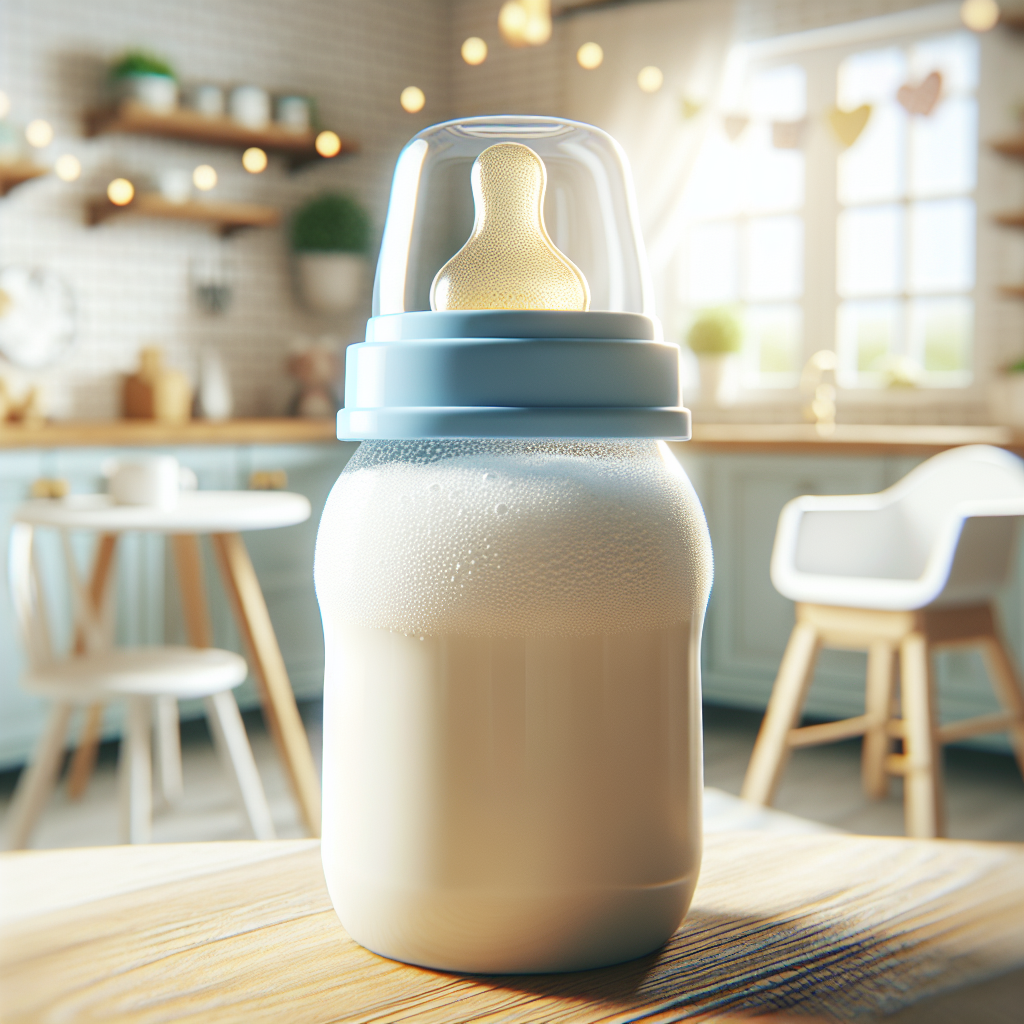
Reducing foaminess in Enfamil AR Formula can significantly enhance your baby's feeding experience. Here are some practical tips to help you achieve this:
- Swirl, Don’t Shake: As mentioned earlier, gently swirling the bottle instead of shaking it can help mix the formula without introducing excessive air, which is a primary cause of foam.
- Use Warm Water: Ensure that the water used for mixing the formula is warm but not hot. Warm water helps dissolve the powder more effectively, reducing the likelihood of foam formation.
- Let It Sit: After mixing the formula, allow it to sit for a few minutes before feeding. This pause gives the bubbles a chance to settle, leading to a less foamy mixture.
- Anti-Colic Bottles: Consider using an anti-colic or vented bottle. These bottles are designed to minimize the amount of air your baby ingests during feeding, which can help reduce foam and prevent gas.
- Gradual Mixing: Add the formula powder to the water gradually instead of all at once. This can help in evenly distributing the powder and reducing foam.
- Specialized Formulas: If foaminess continues to be a problem, consult with your pediatrician. They might recommend a different type of formula that is less prone to foaming.
By incorporating these tips, you can make the feeding process smoother and more comfortable for your baby. *Minimizing foam* not only improves the texture of the formula but also helps in reducing the risk of gas and colic, contributing to better digestive health for your little one.
Frequently Asked Questions

When it comes to feeding your baby, it's natural to have questions. Below are some of the most frequently asked questions about Enfamil AR Formula to help you make informed decisions:
- Why is Enfamil AR Formula so foamy? The formula contains rice starch, which helps with spit-up but can create foam when mixed. Proper mixing techniques, like swirling instead of shaking, can help reduce foam.
- Can I pre-make Enfamil AR Formula? Yes, you can prepare the formula in advance and store it in the refrigerator for up to 24 hours. However, always shake or swirl gently before feeding to ensure it’s well-mixed.
- Is Enfamil AR Formula suitable for all babies? While Enfamil AR is designed for babies with spit-up issues, it’s essential to consult your pediatrician before making any changes to your baby's diet.
- How should I store the formula? Store unopened containers in a cool, dry place. Once opened, the formula should be used within a month. Always follow the storage instructions on the packaging.
- What should I do if my baby experiences discomfort? If your baby shows signs of discomfort, such as gas or colic, consult your pediatrician. They may recommend adjustments to feeding practices or a different formula.
We hope these answers help clarify some common concerns. If you have more questions or need specific products, we're here to assist you. Order online here for convenient shopping and fast delivery!

